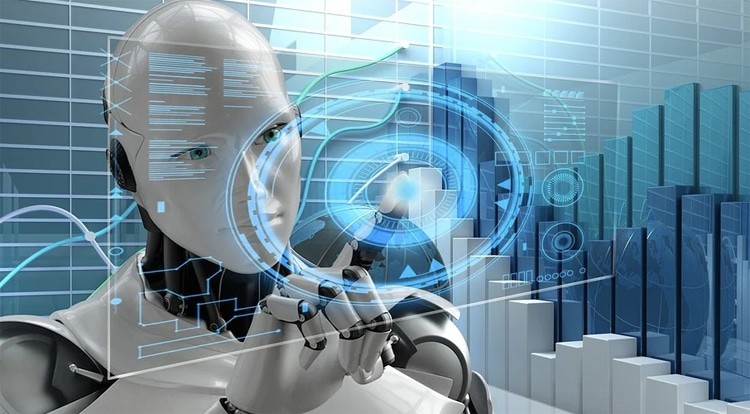Scientists from Germany and the Netherlands have presented a method for teaching a robot that helps it navigate in space. The experiment was carried out in a labyrinth, from which the device had to find a way out.
The researchers explained that the maze is a popular method among psychologists for assessing the learning ability of mice and rats. Now scientists at the Eindhoven University of Technology in the Netherlands and the Max Planck Institute for Polymers in Germany have applied the same technique to robots. They decided to test this on a device that bases its decisions on a humanoid brain.
The scientists noted that neurons in the brain “communicate” through synapses – they are strengthened every time information passes through them. A person learns and remembers thanks to this plasticity. “In the study, we used a design model that allows us to make a device that is oriented in space,” explained Imke Krauhausen, author of the study.
The synapses in the mouse brain are strengthened every time it makes the right choice in the maze. The device is also configured after the robot chooses the correct route. By adjusting the resistance in the device, the researchers altered the voltage that drives the motors. These, in turn, determine whether the robot is turning right or left.
The robot that the scientist used for his research is Mindstorms EV3, created by Lego. It works with two wheels, traditional software that allows it to move, multiple reflection and touch sensors. The device moved through a maze of 2 m², composed of hexagons with lines in the form of honeycombs.
The robot is programmed to turn right by default. Every time he reaches a dead end or deviates from the intended path, he comes back and turns left. This corrective stimulus is then memorized in the neuromorphic device on the next attempt.
“In the end, it took our robot 16 attempts to find its way out of the maze,” said Krauhausen. “Moreover, once the robot has learned to navigate this route, the information can be applied during the other route. This knowledge is becoming common. “












